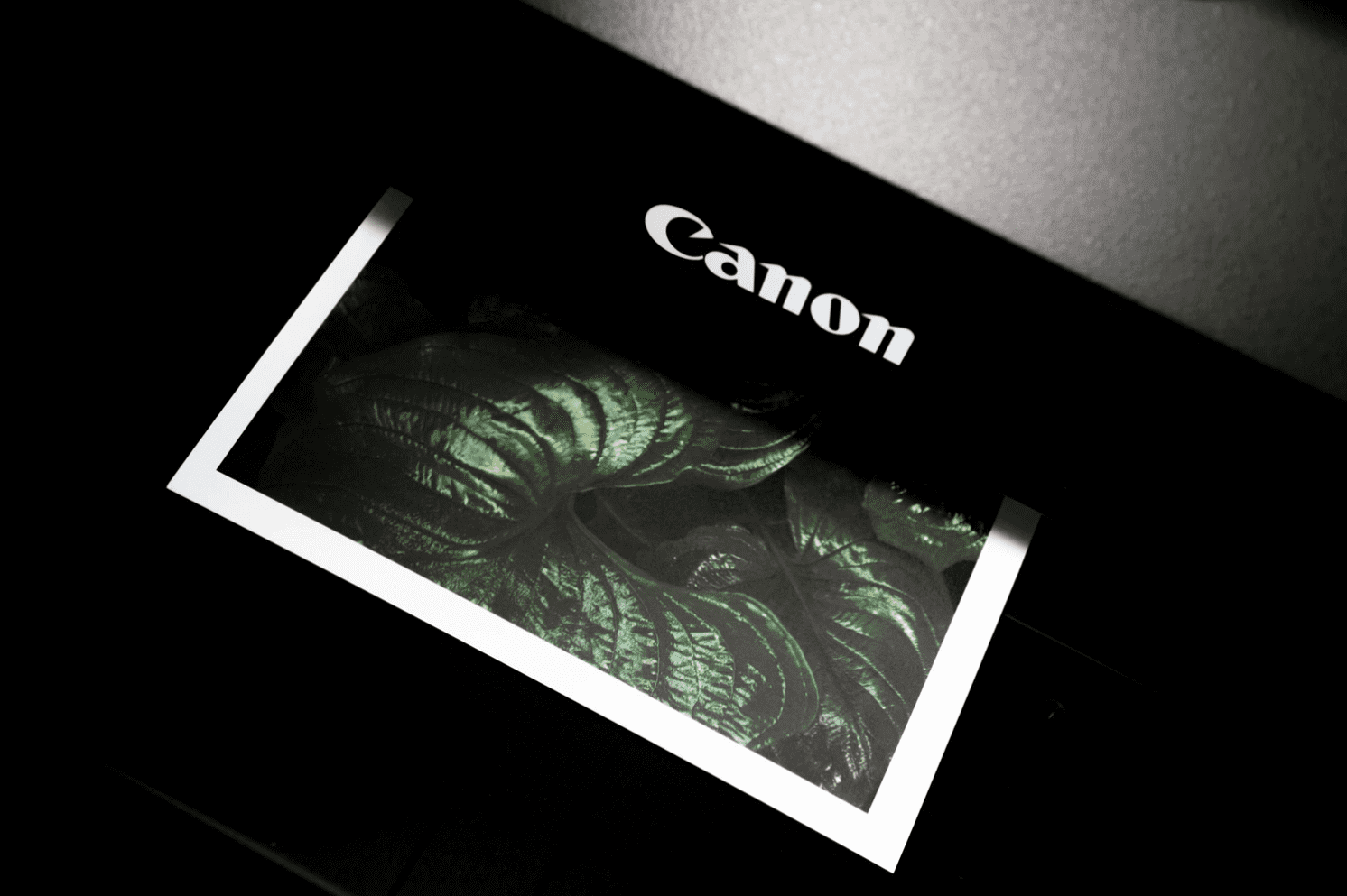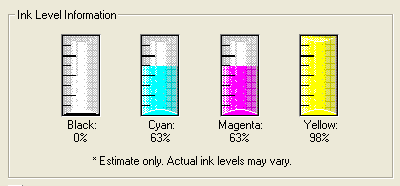By: Andrea Eldridge
As ironic as it may seem coming from the girl who a few short months ago wrote an article about how to get by without a printer, the reality is that life is still easier if you have one around.
In this two-part series we’ll review all you need to know when picking a printer.
Printer specifications are their own special language. Ink jet, laser, DPI, ppm seriously, where’s the human-to-printer dictionary? The truth is that certain functions and abilities are going to matter more to different users, and everyone wants to balance price with quality and ease of use. The best printer will depend on what you are going to use it for, and how much you’d like to spend.
As always, our advice comes from the perspective of a company that has a lot of experience fixing broken printers, so we know how to help you pick out a printer that will be less likely to break. Let’s break down a few printer fundamentals to help you make an informed decision.
Ink Jet VS. Laser:
What is difference between an Inkjet and Laser printer? Most printers marketed for home or small office use are ink jet. Versatile and typically less expensive up front, they are best for the occasional printer who wants to be able to print a wide variety of materials but doesn’t print a lot of volume. This is because the ink cartridges are typically expensive and inefficient.
When shopping for your office, most will want to consider laser printers. Their higher upfront cost is offset by the lower cost-per-page to print. You can get a decent ink jet for around $100, while a color laser will likely start at around $300. It would take the occasional printer-user a lot of birthday invitations and travel confirms to make up that price difference, even when lasers can save you an average of 4 to 6 cents per page.

Printer Prices:
For most of us, the biggest deciding factor when buying a new printer is price. When it comes to picking out the perfect printer, the cost to get it home is only a small piece of the big picture. Long-term cost is going to vary drastically based on the cost of replacement ink cartridges, and how much printing you can get from each cartridge.
If you’re shopping for a color printer, consider whether colors are able to be replaced individually. If you use a lot of blue but very little red, it’s going to be expensive to have to replace a multi-color cartridge every time you run out of blue. You may also want to consider whether generic cartridges are available as they will be significantly less expensive than the name brand. A reliable source is Monoprice. Just keep in mind generic cartridges may not provide as high a quality of image and there’s no way to know how much printing you’ll get from them comparative to the name brand.
How Good Is The Print Quality?
If you’re not printing graphics or photos, you probably don’t care much about image resolution. Most home users will want to be able to print the occasional digital photo, however, so this is where DPI (dots per square inch) comes in. The higher the DPI, the crisper your printed image will be (provided you use the appropriate specialty paper).
While color lasers will suffice for presentation graphics, anyone looking to print photos will likely need to shop for an ink jet with a decent DPI (aim for 4800 by 1200 or better). Ideally, you’ll also want a printer with dual black one for text, and one designed to print photos on glossy paper.
How Easy Is The Printer To Use?
There are a multitude of nifty options that may or may not matter to you. A multi-function printer typically copies, scans and faxes all in one unit, a great space saver for a small office. If you print from more than one computer, consider network capability. Today’s printers can often support Wi-Fi or at least an Ethernet cable, allowing all the systems on your network to print without having to leave a computer powered on to act as a conduit. Print speed (ppm = pages per minute) and paper tray capacity are going to matter if you print a large volume. Office users will want to make sure that the unit they choose has some memory (RAM) to support queuing jobs from multiple sources. RAM will keep your printer from crashing, or freezing every-time the print queue gets backed up.
Stay tuned next week for our top printer picks. Contact us for recommendations specific to your printing needs.

